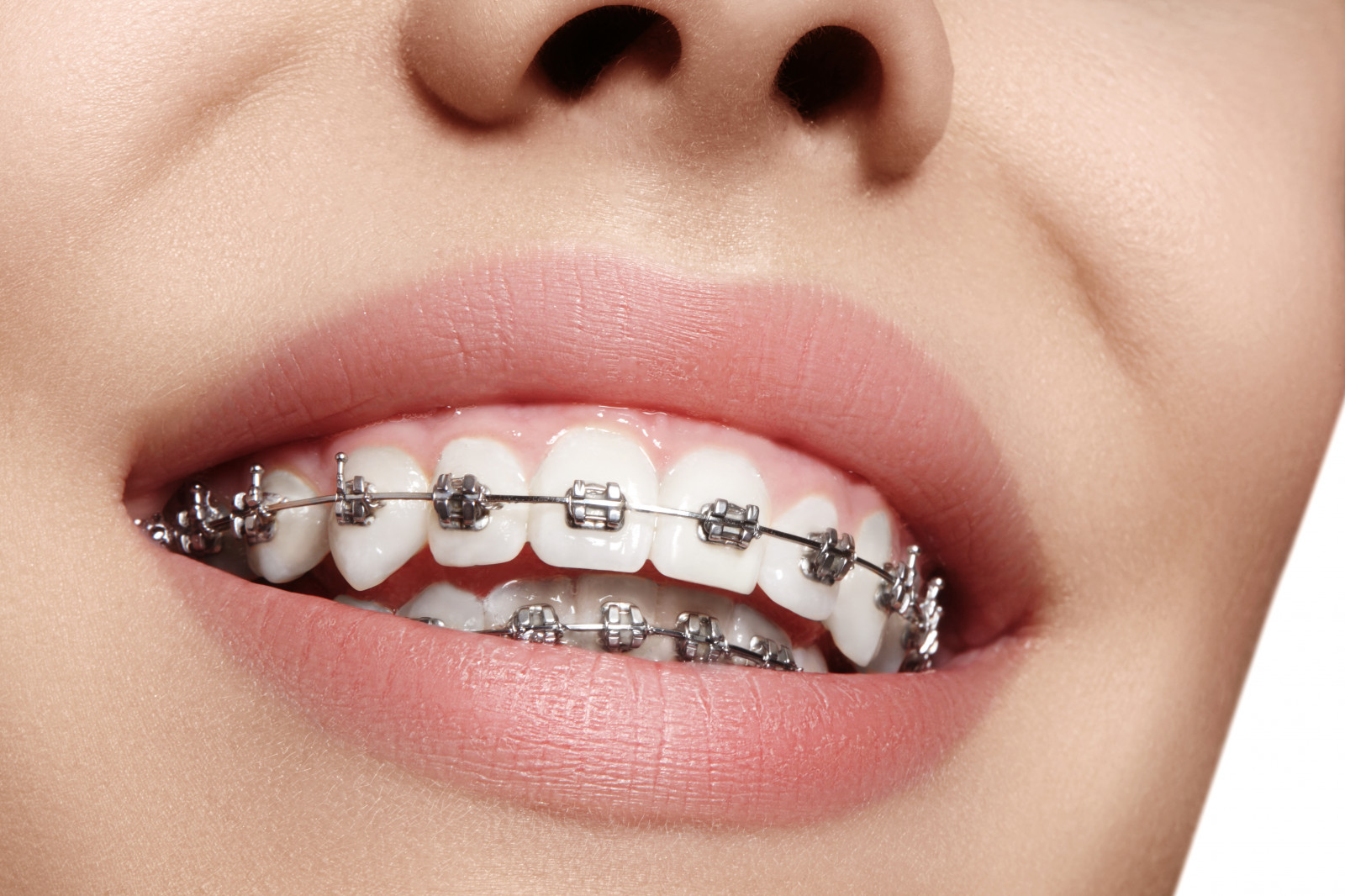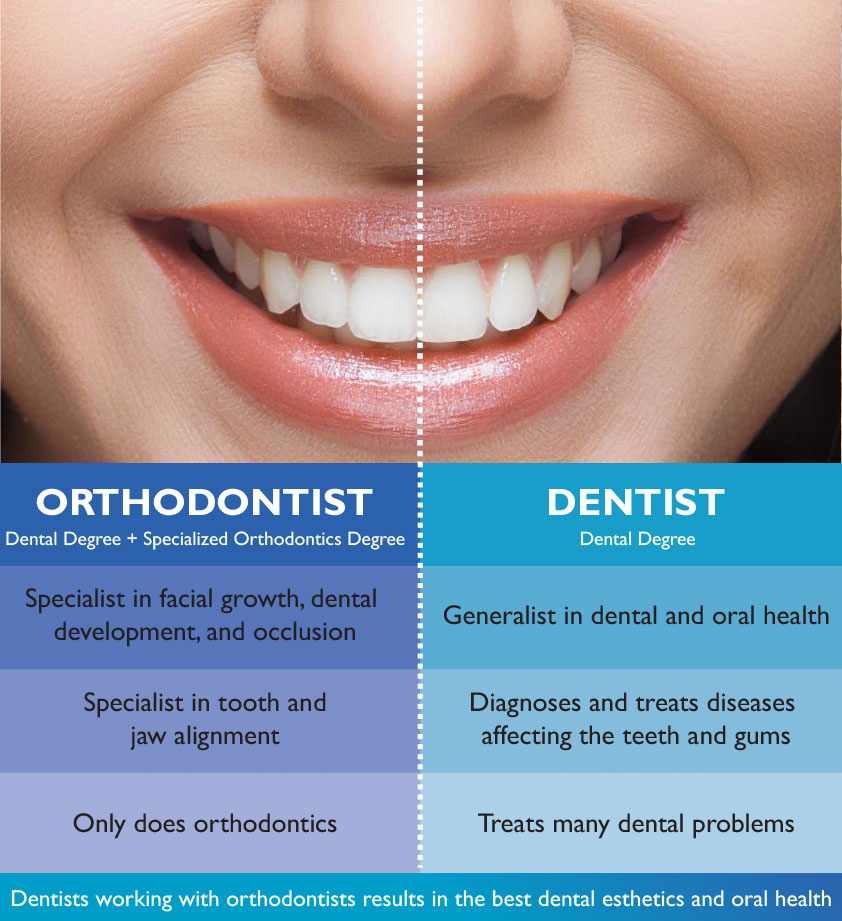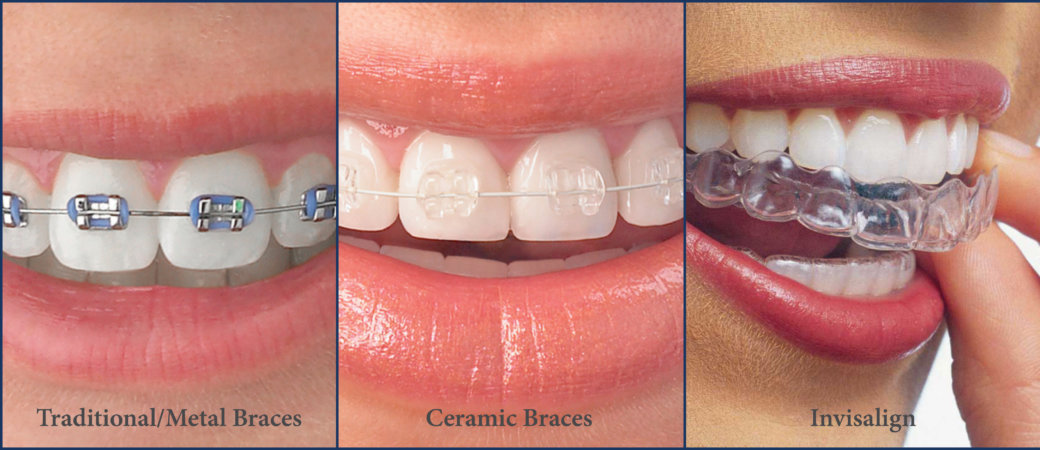Some Known Questions About Causey Orthodontics.
Some Known Questions About Causey Orthodontics.
Blog Article
Indicators on Causey Orthodontics You Should Know
Table of Contents6 Easy Facts About Causey Orthodontics ShownThe smart Trick of Causey Orthodontics That Nobody is DiscussingSome Of Causey OrthodonticsSome Ideas on Causey Orthodontics You Need To Know10 Simple Techniques For Causey Orthodontics
Overlooking occlusal connections, it was regular to eliminate teeth for a range of dental concerns, such as malalignment or congestion. The idea of an intact teeth was not widely valued in those days, making bite relationships appear unimportant. In the late 1800s, the concept of occlusion was vital for developing reliable prosthetic replacement teeth.As these ideas of prosthetic occlusion proceeded, it came to be an invaluable device for dentistry. It was in 1890 that the job and impact of Dr. Edwards H. Angle started to be felt, with his contribution to modern-day orthodontics especially significant. Concentrated on prosthodontics, he educated in Pennsylvania and Minnesota prior to directing his interest in the direction of oral occlusion and the treatments needed to preserve it as a regular condition, thus ending up being recognized as the "dad of contemporary orthodontics".

The principle of perfect occlusion, as postulated by Angle and incorporated into a classification system, enabled a change in the direction of treating malocclusion, which is any deviation from regular occlusion. Having a complete collection of teeth on both arcs was very demanded in orthodontic therapy as a result of the demand for specific partnerships in between them.
The Main Principles Of Causey Orthodontics
As occlusion ended up being the vital concern, face proportions and looks were overlooked - Causey Orthodontics. To attain ideal occlusals without utilizing external pressures, Angle proposed that having perfect occlusion was the very best means to gain optimal face aesthetics. With the death of time, it came to be quite apparent that also a remarkable occlusion was not appropriate when taken into consideration from a visual viewpoint
Charles Tweed in America and Raymond Begg in Australia (who both examined under Angle) re-introduced dentistry extraction into orthodontics during the 1940s and 1950s so they might enhance face esthetics while likewise making certain far better stability concerning occlusal relationships. In the postwar period, cephalometric radiography started to be utilized by orthodontists for determining modifications in tooth and jaw setting brought on by development and therapy. It came to be evident that orthodontic therapy can readjust mandibular growth, bring about the development of practical jaw orthopedics in Europe and extraoral force actions in the United States. Nowadays, both useful home appliances and extraoral gadgets are applied around the world with the purpose of changing growth patterns and forms. Consequently, seeking real, or at the very least improved, jaw partnerships had actually become the primary objective of therapy by the mid-20th century.
Rumored Buzz on Causey Orthodontics
 Till the mid-1970s, dental braces were made by wrapping steel around each tooth. https://www.callupcontact.com/b/businessprofile/Causey_Orthodontics/9184270., it ended up being feasible to rather bond metal brackets to the teeth.
Till the mid-1970s, dental braces were made by wrapping steel around each tooth. https://www.callupcontact.com/b/businessprofile/Causey_Orthodontics/9184270., it ended up being feasible to rather bond metal brackets to the teeth.Andrews provided an informative definition of the optimal occlusion in irreversible teeth. This has actually had meaningful effects on orthodontic treatments that are provided consistently, and these are: 1. Correct interarchal relationships 2. Right crown angulation (pointer) 3. Correct crown inclination (torque) 4. No rotations 5. Tight contact points 6. Flat Curve of Spee (0.02.5 mm), and based on these principles, he discovered a treatment system called the straight-wire home appliance system, or the pre-adjusted edgewise system.
The benefit of the layout hinges on its brace and archwire mix, which calls for just minimal cable flexing from the orthodontist or medical professional (cheapest orthodontist near me). It's appropriately called hereafter attribute: the angle of the slot and thickness of the bracket base ultimately figure out where each tooth is positioned with little demand for extra adjustment
Some Known Questions About Causey Orthodontics.
Both of these systems employed the same brackets for each and every tooth and required the flexing of an archwire in three aircrafts for finding teeth in their desired settings, with these bends determining utmost positionings. When it concerns orthodontic devices, they are split into 2 types: removable and fixed. Removable devices can be handled and off by the person as needed.

Hence, mostly all modern-day set devices can be taken into consideration variants on this edgewise device system. Early 20th-century orthodontist Edward Angle made a significant contribution to the world of dentistry. He developed 4 distinctive home appliance systems that have been used as the basis for several orthodontic treatments today, preventing a few exceptions.
What Does Causey Orthodontics Do?

The cord finished in a thread, and to relocate onward, a flexible nut was made use of, which allowed for a rise in circumference. By ligation, each individual tooth was connected to this large archwire (family orthodontics). Due to its minimal variety of motion, Angle was incapable to accomplish accurate tooth placing with an E-arch
These tubes held a soldered pin, which could be rearranged at each visit in order to relocate them in position. Dubbed the "bone-growing device", this device was theorized to urge much healthier bone growth as a result of its possibility for moving force straight to the origins. Executing it proved frustrating in fact.
Report this page